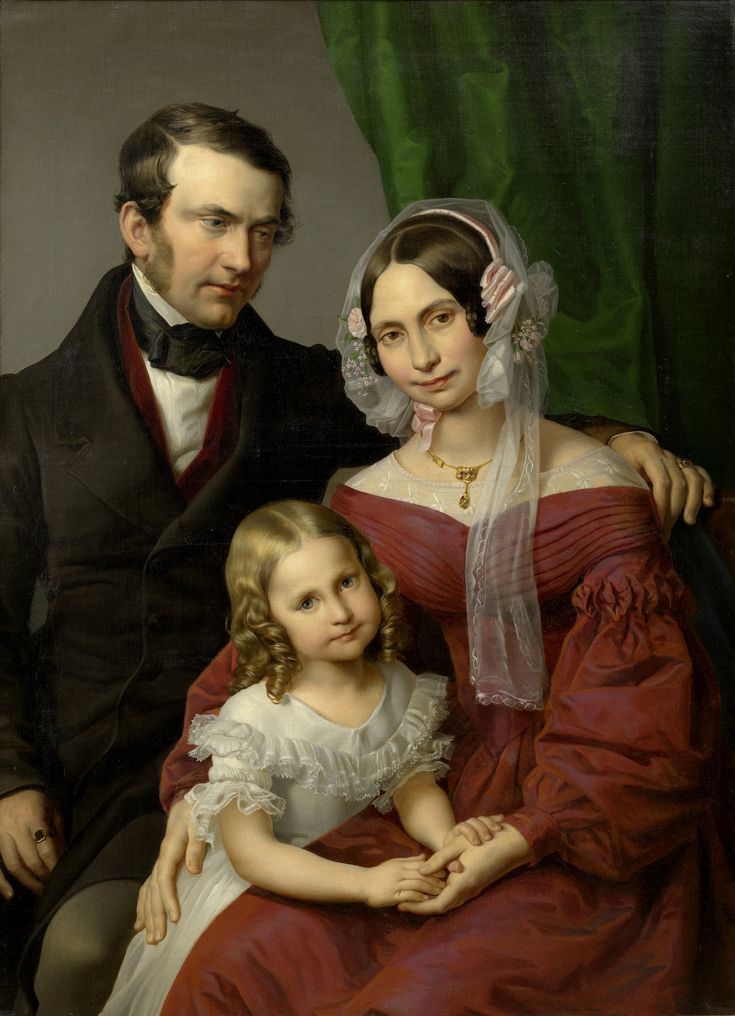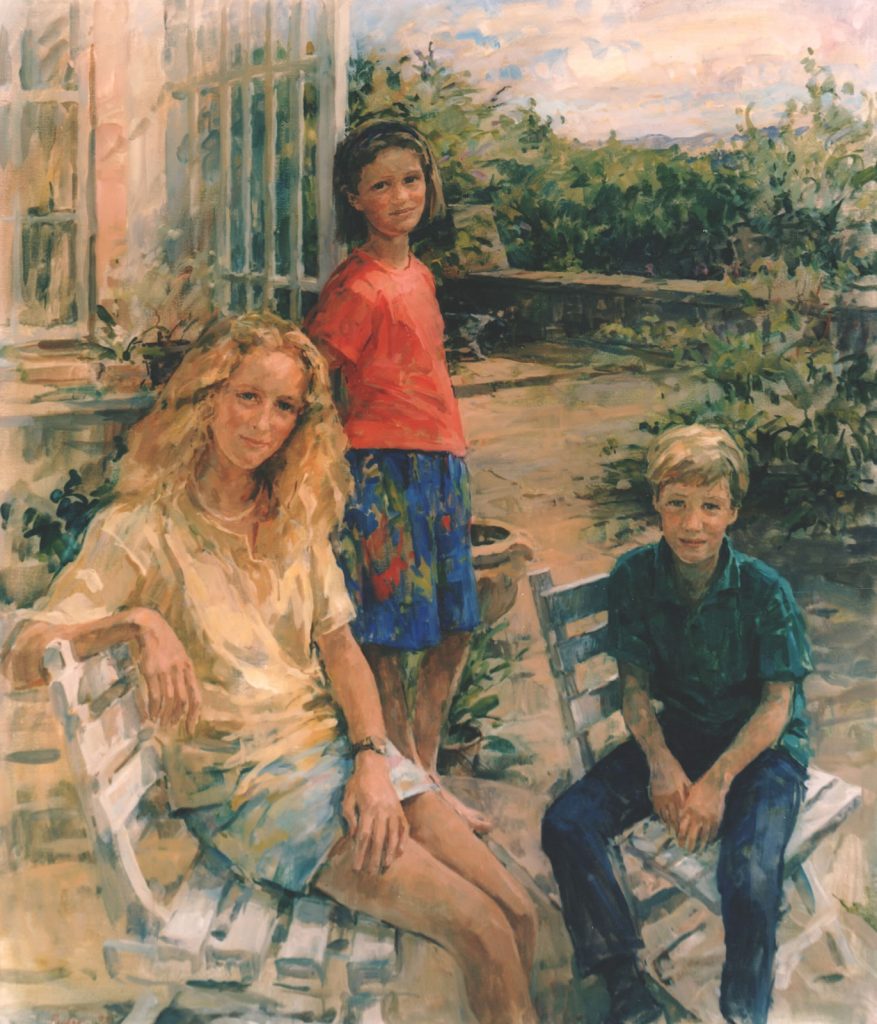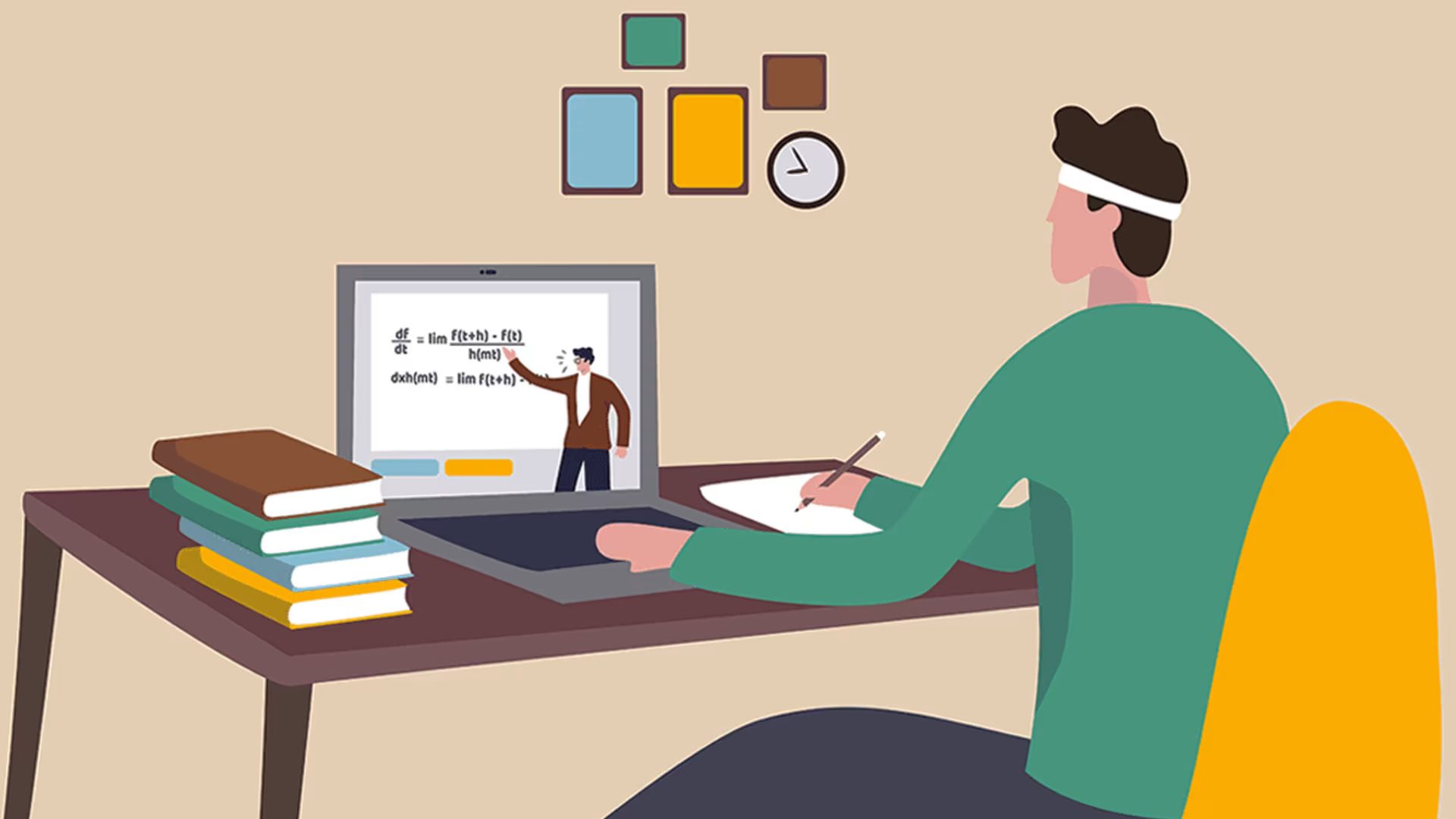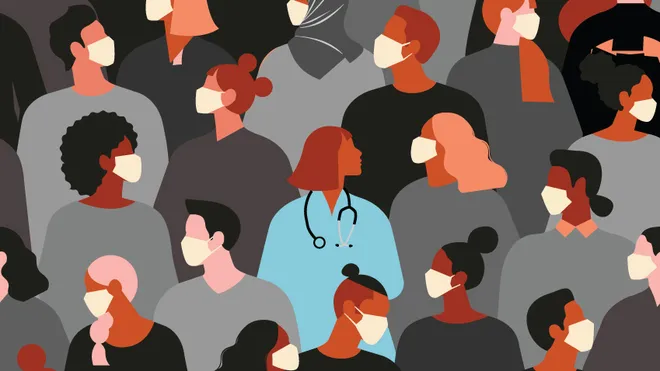In a digital world with a wide variety of forms of technology and media, Marshall McLuhanŌĆÖs medium theory is brought back from 60 years ago, to be re-considered on how relevant the global village is affecting interconnectedness and homogeneity through the consequences of COVID-19 and the television. McLuhan argues ŌĆ£that any advanced modern society is shaped by the various media technologies that are available to itŌĆØ (Laughey, 2007). Technology has powerful effects on society and can be seen as an extension of the self and its senses to connect many from around the world.┬Ā
McLuhan recognizes one of the consequences of the acceleration of medium and communication to be how technology has created an interconnectedness for people worldwide in what he calls the ŌĆ£global villageŌĆØ. Considering how a new homogenization is emerging, Joshua Meyrowitz in his book No Sense of Place (1985), studies the effect of electronic media on social behavior and also finds how culture has shifted with the power of technology. He gives examples of the merging of childhood and adulthood and how there are fewer distinctions between children and adults by modern clothing, vocabulary, and even the depiction of children on television.┬Ā

by Leopold Kupelwieser 
by Susan Ryder
Another clearer example of the global village can be seen with the COVID-19 pandemic, a force that has vastly changed the relationship with digital platforms and with learning dynamics. Communities came together online through various platforms and schools turned to educating through platforms like Zoom, Google Classroom, or Microsoft Teams. McLuhanŌĆÖs global village could be seen through the new improvement of digital platforms and access to digital resources, creating a smaller and interconnected world.┬Ā

While COVID temporarily changed patterns of life, television did as well. As the scale, pace, and pattern of communication advances are present, a message is shaped and controlled by it. In McLuhanŌĆÖs example of the railway it ŌĆ£[accelerated] and enlarged the scale of previous human functionsŌĆØ (McLuhan, 2006), in the same way, so did television. It transformed patterns of leisure, domestic life, education, and work-life (Laughey, 2007). The technology that McLuhan claims as the new teacher, an ŌĆ£unacknowledged legislator of [the] world (Willmott, 1996), is a piece of technology that has come to not only provide entertainment but to provide access to information, to expose diversity and culture, to spread awareness, and to diminish distance in mystery and authorities. It has provided access to the disabled and disenfranchised, allowing many to be informed despite physical isolation. It has unified and diversified content by representing diverse experiences and stories. It has highlighted womenŌĆÖs roles and challenges and even ŌĆ£[weakening] visible authorities by destroying the distance and mystery that once enhanced their aura and prestigeŌĆØ (Meyrowitz, 1985).

McLuhanŌĆÖs theory is useful as it encourages intentional decision-making behind the use of technology and how it affects society. By understanding the implications of media forms, there is greater awareness of how they shape societyŌĆÖs perceptions and interactions. There are various ways medium theory can still be applied today, even with the big change of technology becoming a daily part of human existence. But the theory does have an overemphasis on the medium. Society changes, but not by medium alone. Leaders and managers of content are also an influence of the content and what general audiences consume and consequently learn from and act upon.┬Ā
References:
Laughey, D. (2007). Key Themes in Media Theory. McGraw-Hill Education.
McLuhan, M. (2006). Understanding Media. In M. G. Durham & D. Kellner, Media and cultural studies: keyworks: Vol. Keyworks in cultural studies (Rev. ed, pp. 107ŌĆō116). Blackwell.
Meyrowitz, J. (1985). No Sense of Place: The Impact of Electronic Media on Social Behavior. New York:Oxford University Press.
Willmott, G. (1996). McLuhan, or, Modernism in reverse. In McLuhan, or, Modernism in reverse (1st ed.). University of Toronto Press.


I like this blog very much, the point is clear and clear. Using the COVID-19 example to support ideas is a very good point, because at this particular time, information is reaching us through the media, and information is also available at home. One of my favorite quotes is your “McLuhan theory really overemphasizes the media,” but I think it would be perfect if I had the opportunity to explore it further. Looking forward to your blog!
This is a great post that ties McLuhanŌĆÖs ŌĆ£global villageŌĆØ concept to todayŌĆÖs digital world, especially during the pandemic. I like how youŌĆÖve connected McLuhanŌĆÖs ideas to real examples, like online education and the evolving role of television, showing how technology shapes communication, culture, and access to information.
One thing you might explore more is how digital media, despite connecting people, can also create divisions or echo chambers, especially with algorithms shaping what we see. Also, you make a good point about media leaders influencing what we consume.